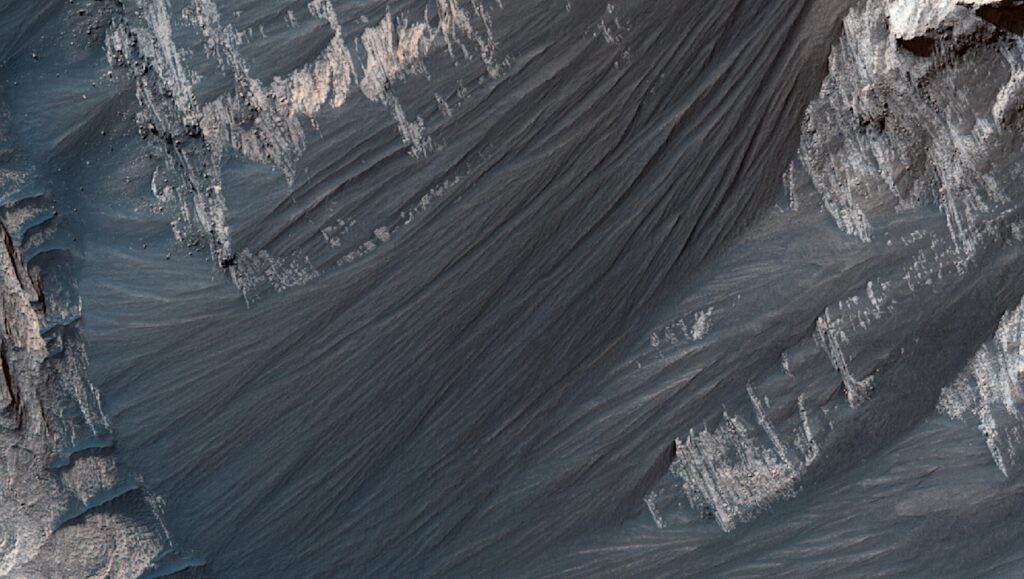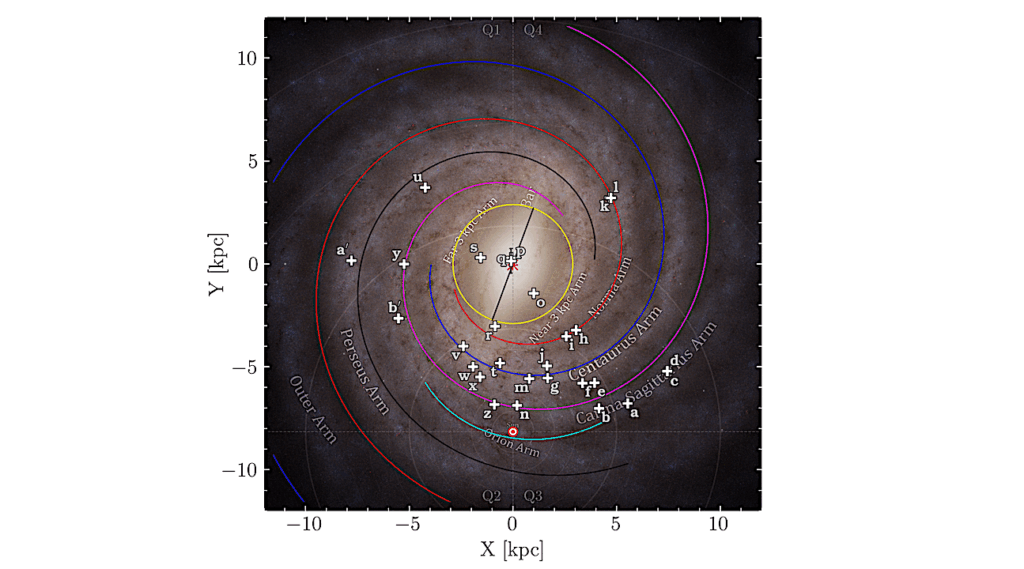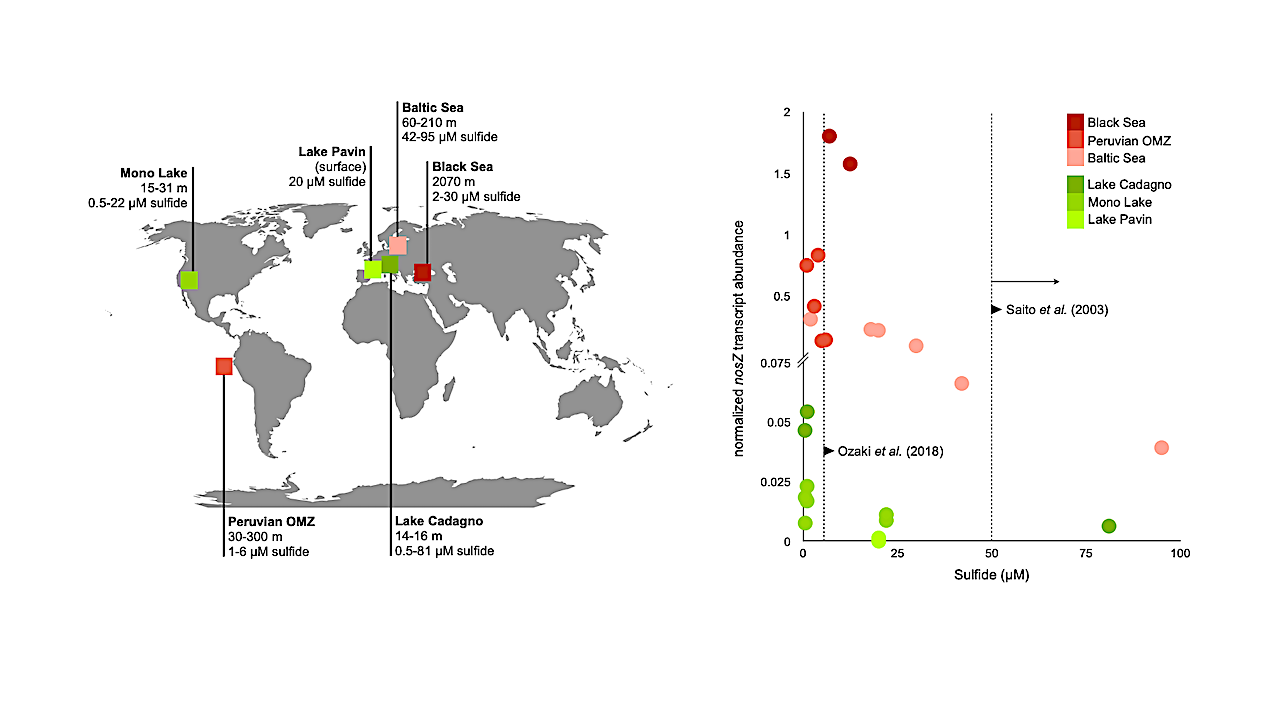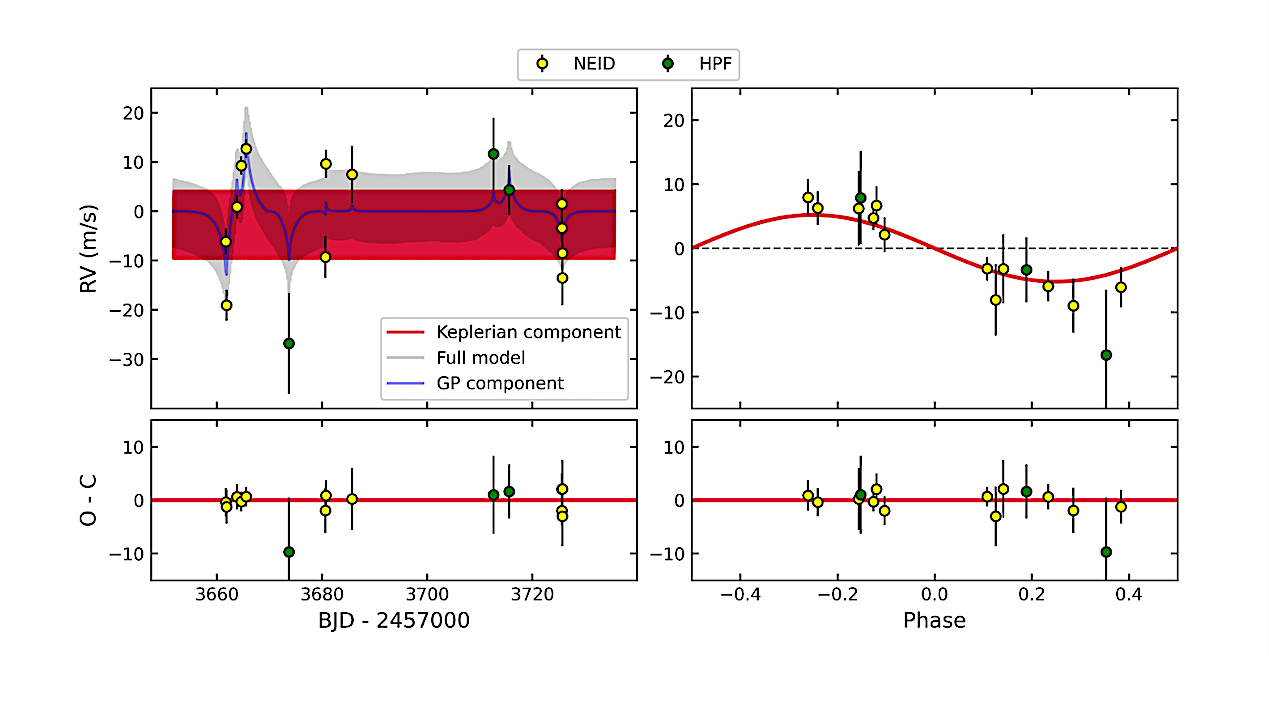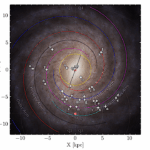Now Reading: Constraining The Survival Of HCN During Cometary Impacts
-
01
Constraining The Survival Of HCN During Cometary Impacts
Constraining The Survival Of HCN During Cometary Impacts
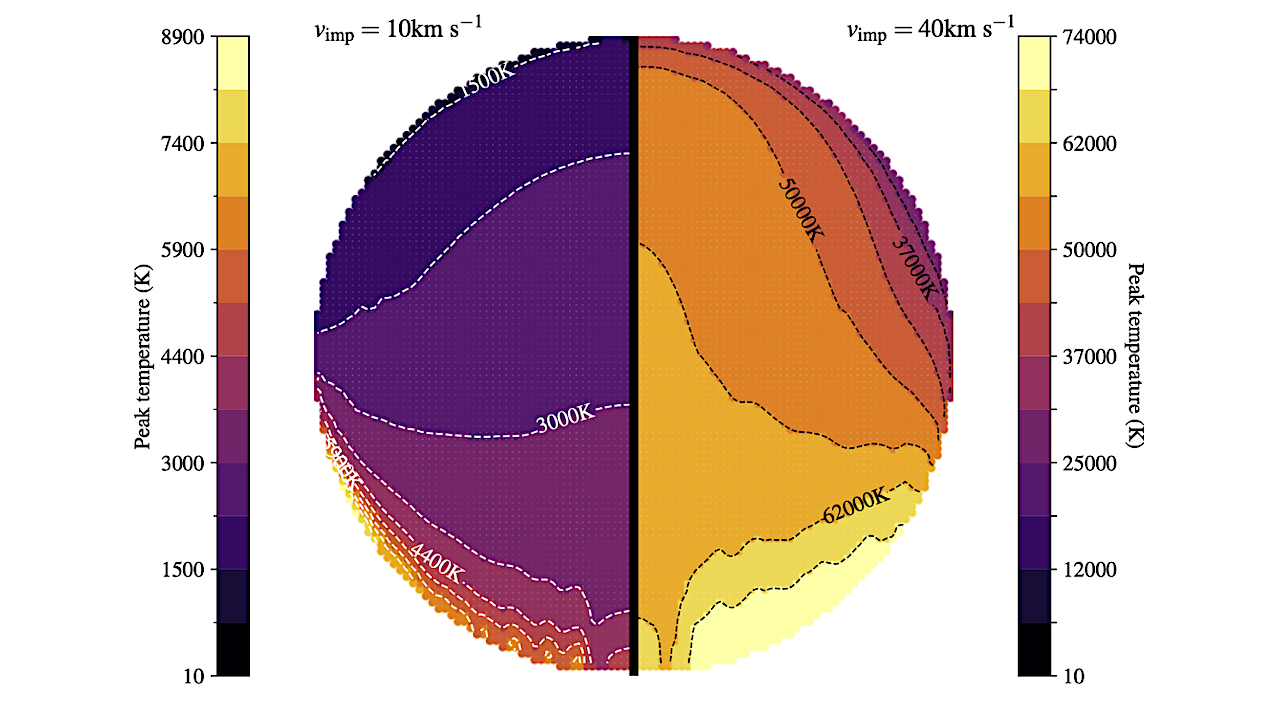

The peak temperature achieved by all tracer particles in simulations of a 1 km diameter comet impacting at 10 km s−1 (left) and 40 km s−1 (right) in a provenance plot, where the tracers are shown at their initial locations prior to the impact. A solid black line is shown between the two halves of the figure to delineate the difference between the two simulations. The 10 km s−1 impact on the left shows a peak temperature of ∼ 8900 K, whereas the 40 km s−1 impact on the right achieves a peak temperature of ∼ 74 000 K. Although the range of temperatures achieved during the two impacts is vastly different, the distribution of temperatures is similar, with a sharp increase in temperatures at the leading edge and raised temperatures towards the centre of the body. — astro-ph.EP
Cometary impacts have been invoked as an atmosphere-independent method of stockpiling hydrogen cyanide (HCN), a key prebiotic feedstock molecule, into environments favourable for the onset of prebiotic chemistry on the early Earth.
This work revisits the prospects for cometary delivery of HCN through new impacts simulations of idealised cometary bodies using the shock physics code iSALE combined with simple chemical modelling.
Using temperature and pressure profiles for material within spherical, non-porous comets with a high resolution of Lagrangian tracer particles, we assess the survival rate of HCN across a range of impact velocities, sizes and angles, assuming both steady state and equilibrium chemistry.
We find that HCN survival is extremely limited at impact velocities above the escape velocity of the Earth, unless the impact occurs at extreme obliquity (θ∼15∘). We present a parametrisation of the survival of HCN as a function of impact velocity, angle, and cometary diameter, which provides an upper limit to survival in more realistic scenarios to aid with future studies investigating the role of comets in the origins of life.
Although successful HCN delivery may be possible in our idealised model, we neglect to consider the effect of atmospheric passage and our results suggest that delivery alone is not likely to be sufficient for the onset of prebiotic chemistry.
Catriona H. McDonald, Amy Bonsor, Auriol S. P. Rae, Paul B. Rimmer, Richard J. Anslow, Zoe R. Todd
Comments: 32 pages, 12 figures. Accepted for publication in the Icarus special issue ‘Impact processes and planetary evolution’
Subjects: Earth and Planetary Astrophysics (astro-ph.EP)
Cite as: arXiv:2507.08727 [astro-ph.EP] (or arXiv:2507.08727v1 [astro-ph.EP] for this version)
https://doi.org/10.48550/arXiv.2507.08727
Focus to learn more
Journal reference: Icarus, 441, 2025, 116704
Related DOI:
https://doi.org/10.1016/j.icarus.2025.116704
Focus to learn more
Submission history
From: Catriona H. McDonald
[v1] Fri, 11 Jul 2025 16:27:30 UTC (4,459 KB)
https://arxiv.org/abs/2507.08727
Astrobiology, Astrochemistry,
Stay Informed With the Latest & Most Important News
Previous Post
Next Post
-
 01From Polymerization-Enabled Folding and Assembly to Chemical Evolution: Key Processes for Emergence of Functional Polymers in the Origin of Life
01From Polymerization-Enabled Folding and Assembly to Chemical Evolution: Key Processes for Emergence of Functional Polymers in the Origin of Life -
 02Panasonic Leica Summilux DG 15mm f/1.7 ASPH review
02Panasonic Leica Summilux DG 15mm f/1.7 ASPH review -
 03Two Black Holes Observed Circling Each Other for the First Time
03Two Black Holes Observed Circling Each Other for the First Time -
 04How New NASA, India Earth Satellite NISAR Will See Earth
04How New NASA, India Earth Satellite NISAR Will See Earth -
 05And Thus Begins A New Year For Life On Earth
05And Thus Begins A New Year For Life On Earth -
 06Astronomy Activation Ambassadors: A New Era
06Astronomy Activation Ambassadors: A New Era -
07SpaceX launch surge helps set new global launch record in 2024












